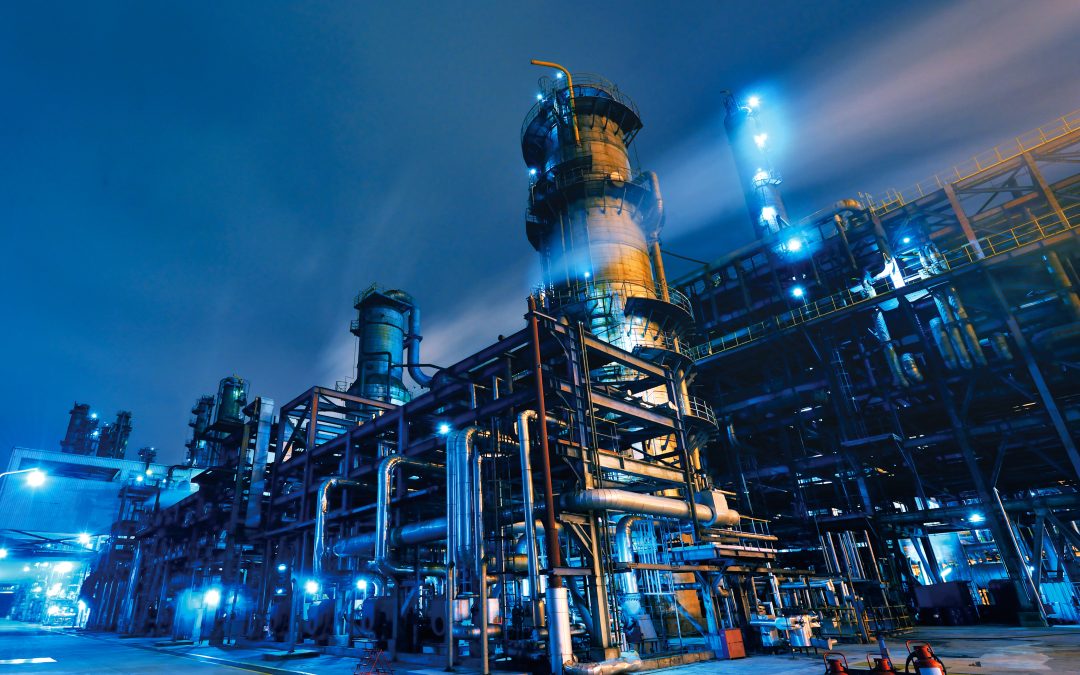In the dynamic and complex landscape of the oil and gas industry, the effective management of assets is paramount to ensure operational efficiency, minimize downtime, and enhance safety. Traditional maintenance practices, often reactive or time-based, are giving way to a more proactive and data-driven approach – predictive maintenance. Leveraging advanced technologies like sensors, data analytics, and machine learning, predictive maintenance is emerging as a transformative force, reshaping the future of the oil and gas sector.
Predictive maintenance relies on real-time monitoring of equipment health through the deployment of sensors. These sensors collect data on various parameters such as temperature, vibration, and pressure. By continuously monitoring the condition of critical assets, operators can detect subtle changes indicative of potential issues long before they escalate into costly failures.
The vast amount of data generated by sensors is analyzed using sophisticated data analytics tools. Machine learning algorithms can identify patterns and anomalies, allowing operators to predict when equipment is likely to fail. Early detection of anomalies enables proactive decision-making, facilitating timely interventions and reducing the risk of unplanned downtime.
Traditional maintenance practices often follow rigid schedules, leading to unnecessary downtime and maintenance costs. Predictive maintenance optimizes scheduling by identifying the optimal time to perform maintenance activities. This ensures that maintenance tasks are carried out when they are most needed, maximizing the lifespan of equipment and minimizing disruptions to operations.
Predictive maintenance contributes to significant cost reductions by preventing catastrophic failures and extending the life of critical assets. By avoiding unplanned downtime and reducing the frequency of unnecessary maintenance activities, operators can optimize operational efficiency and allocate resources more effectively.
The oil and gas industry operates in challenging environments where safety is paramount. Predictive maintenance enhances safety by minimizing the risk of equipment failures that could lead to accidents or environmental incidents. By addressing potential issues before they escalate, operators can create a safer working environment and reduce the industry’s environmental footprint.
Advanced technologies enable remote monitoring and diagnostics, allowing operators to assess equipment health from a centralized location. This capability is particularly valuable for assets located in remote or hazardous environments. Operators can remotely analyze data, diagnose issues, and determine whether on-site intervention is necessary, reducing the need for frequent field visits.
The concept of digital twins involves creating virtual replicas of physical assets. Predictive maintenance can be integrated with digital twins to simulate and analyze the behavior of assets in various scenarios. This enables operators to predict how equipment will perform under different conditions, optimizing maintenance strategies and improving overall asset management.
Predictive maintenance is ushering in a new era for the oil and gas industry, where data-driven insights and proactive interventions are becoming the norm. By harnessing the power of advanced technologies, operators can transform their approach to asset management, achieving cost savings, operational efficiency, and enhanced safety. As the industry continues to embrace predictive maintenance, it will not only shape the future but also set new standards for reliability, sustainability, and competitiveness in a rapidly evolving global energy landscape. The journey towards a predictive maintenance-driven future represents a significant step forward for the oil and gas sector, positioning it at the forefront of innovation and resilience in the face of evolving challenges.

